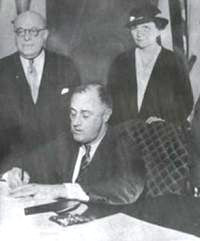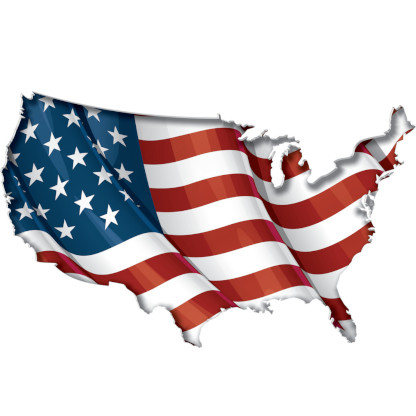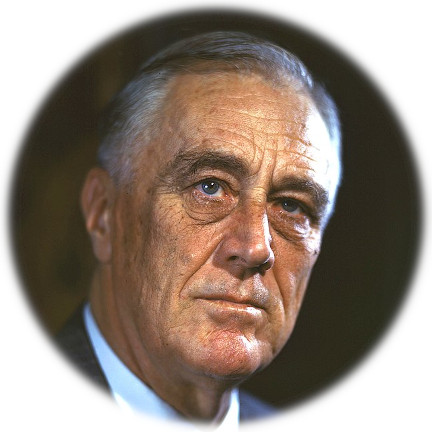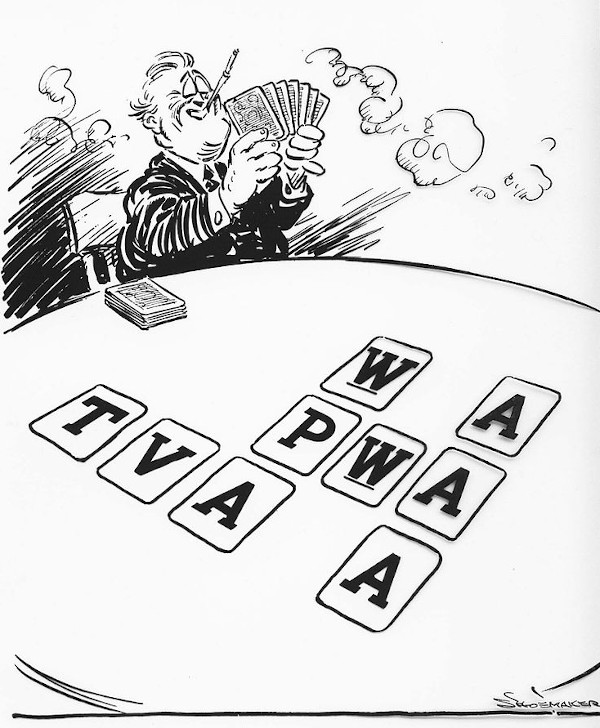National Labor Relations Act of 1935
07/05/1935 AD enacted
The National Labor Relations Act of 1935, also known as the Wagner Act, finally guaranteed workers the rights to collective bargaining through unions of their own choice.
The Act also established the National Labor Relations Board (NLRB) to facilitate wage agreements and to suppress the repeated labor disturbances. The Wagner Act did not compel employers to reach agreement with their employees, but it opened possibilities for American labor.
The result was a tremendous growth of membership in the labor unions, especially in the mass-production sector, led by the older and larger American Federation of Labor and the new, more radical Congress of Industrial Organizations. Labor thus became a major component of the New Deal political coalition. However, the intense battle for members between the AFL and the CIO coalitions weakened labor's power.
Lattitude: 38.9072° N
Longitude: 77.0369° W
Region: North America

Modern Day United States
Subjects Who or What enacted?
-
Franklin Delano Roosevelt (FDR) 32nd President of ...
Timelines (that include this event)
Events in 1935 MORE












